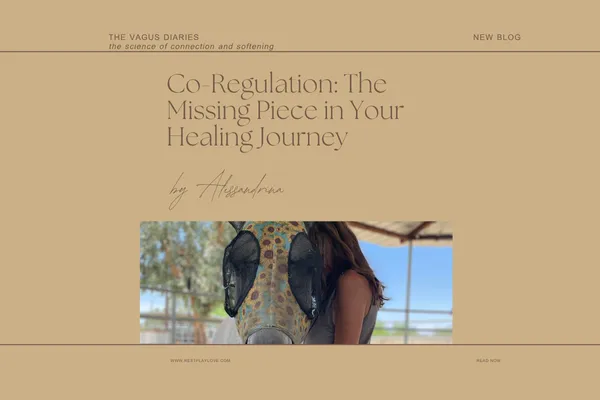
Co-Regulation: The Missing Piece in Your Healing Journey
Co-Regulation: The Missing Piece in Your Healing Journey
What Happens When Your Nervous System Finally Feels Safe Enough to Soften
By Alessandrina Dorer, 10-30-25

__________________________________________________________________________________
If you're reading this, you've likely been working so very hard to find healing. Maybe you've tried practicing many different breathing exercises, explored meditation apps, and spent tens of hours journaling. You may even have learned about nervous system regulation and polyvagal theory - understanding intellectually what you're "supposed" to do.
And yet, something I've come to understand through my own healing journey and my work with others is this: You can't heal in isolation what happened in relationship.
If your nervous system learned that connection was unsafe or even dangerous, no amount of solo self-regulation practices will fully restore your sense of inner safety. Because the wound isn't just about what happened to you. It's also about what didn't happen between you and another regulated nervous system. It's about not receiving the support you needed to move through a relational rupture, or experiencing a rupture that was never repaired.
The missing piece isn't more self-regulation. It's co-regulation.
And if you've been trying to heal alone, exhausted from carrying the weight of your own nervous system without support, I hope what you read next offers you the kind of relief and support you need to deeply heal and inspires you to find more moments to co-regulate with others who you feel safe with.

What Is Co-Regulation, Really?
Co-regulation is a physiological phenomenon that applies to all mammals. It's the way our nervous systems attune to and experience inner safety through connection.
When we feel seen, met, or held in presence by another, or even by nature, our body realizes it's safe to slow down and soften.
Co-regulation isn't a psychological concept or a self-help buzzword. It's biology.
The Science of Shared Safety
Dr. Stephen Porges, creator of Polyvagal Theory, explains that our nervous systems are constantly engaged in what he calls "neuroception"—a subconscious detection of safety or threat in our environment.
When your nervous system detects cues of safety in another person - their calm breathing, soft voice, relaxed posture, steady, soft gaze - it begins to mirror that regulation. Your heart rate variability increases. Your breathing deepens. Your muscles release tension you didn't even know you were holding. And your widow of capacity to meet life challenges increases exponentially each time you experience co-regulation, especially when you are faced with difficulties and in need of some extra support.
This is nervous system-to-nervous system communication. It happens below the level of conscious thought, in the ancient parts of your brain that have kept mammals alive for millions of years.
Research in interpersonal neurobiology by Dr. Dan Siegel and Dr. Allan Schore shows that when two people are in safe connection, their nervous systems actually synchronize. Their heart rates begin to harmonize. Their brain waves align. This is called "physiological synchrony," and it's the biological foundation of felt safety.
Co-regulation teaches your body - through experience - that it's not alone and that it has support.
But here's where it gets complicated: If your early experiences taught your nervous system that connection equals danger, then the very thing that could heal and support you now feels threatening.
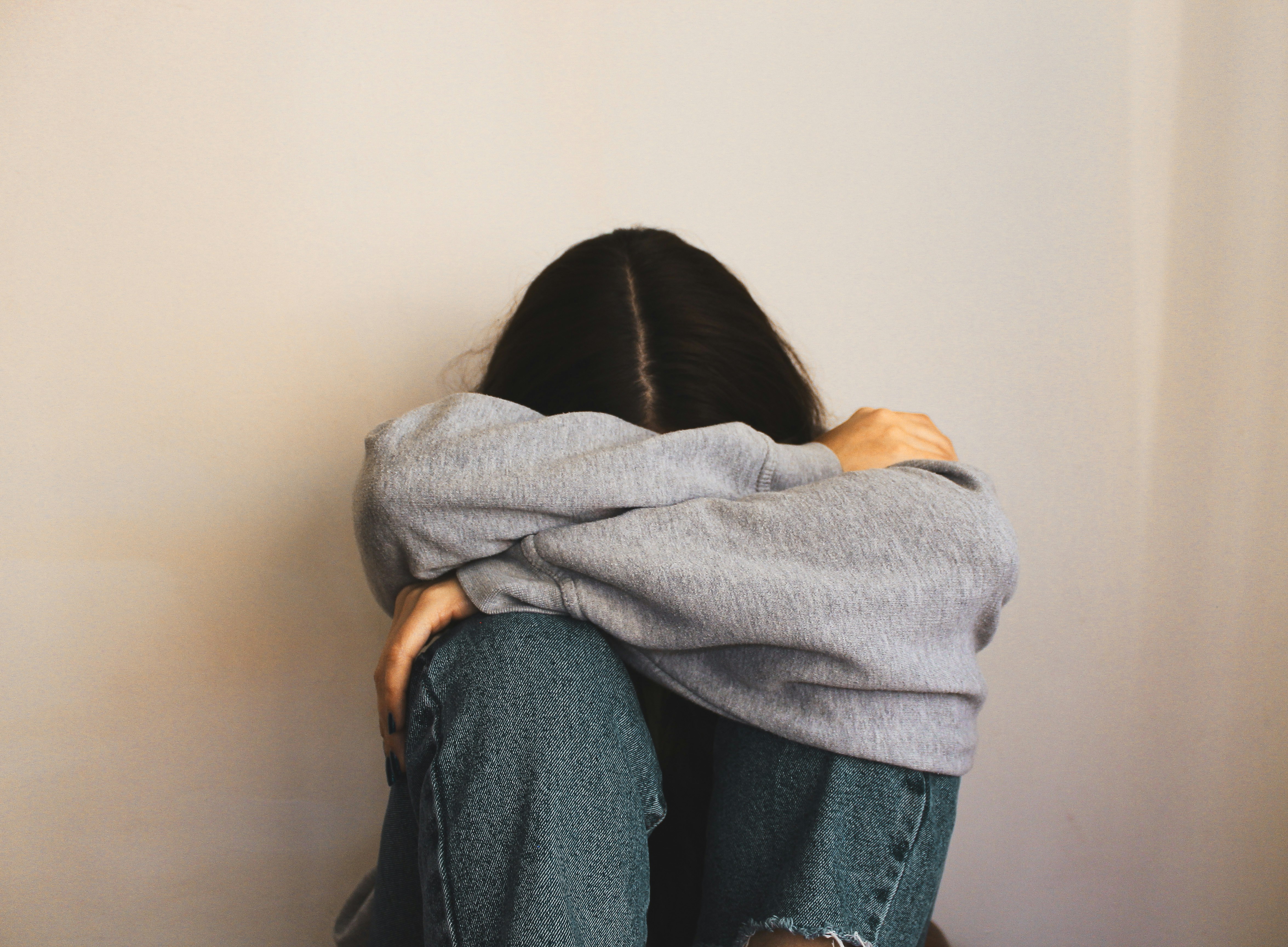
The Challenge: When Co-Regulation Feels Impossible
Many of the people I work with share some version of this:
"I know I'm supposed to connect with others. I know isolation isn't helping. But when I try to be around people, my nervous system screams at me to leave. I feel more anxious in connection than alone."
This makes perfect sense to through a nervous system lens, especially since I too have been wired this way.
If your early attachment experiences were inconsistent, frightening, or neglectful, your nervous system encoded a core belief: Alone is safer than together.
This creates several specific challenges:
Challenge #1: The Hypervigilance Trap
When you're around others, your nervous system goes on high alert. You scan for signs of judgment, rejection, or danger. You monitor your own responses obsessively. You rehearse what to say. You analyze every micro-expression on the other person's face.
This isn't social anxiety in the conventional sense. It's your nervous system trying to protect you from the pain of disconnection or harm by staying hypervigilant to prevent it.
But constant hypervigilance is exhausting. And it prevents the very softening that co-regulation requires.
Challenge #2: The Shutdown Response
For others, being around people triggers a dorsal vagal shutdown. You feel numb, foggy, disconnected. Words feel hard to find. You're physically present but emotionally absent.
This is your nervous system's way of protecting you through disappearing, because if you can't be seen, you can't be hurt.
But this protective mechanism also prevents you from experiencing the warmth, attunement, and safety that your system desperately needs.
Challenge #3: The Trust Paradox
You need safe connection to heal, but you can't trust that connection is safe until you've healed enough to risk it. It's a catch-22 that keeps many people stuck.
Your nervous system is operating on old data - accurate data from your past - but applying it to your present circumstances where connection might actually be available and safe.
Challenge #4: The Shame Layer
Perhaps the most painful challenge is the shame that comes with struggling to connect.
You see other people who seem to naturally co-regulate. They lean on friends, share vulnerably, ask for support. And you think: What's wrong with me? Why can't I do this?
The answer is: Nothing is wrong with you. Your nervous system is doing exactly what it was trained to do. It's protecting you based on what it learned through deep embodiment.
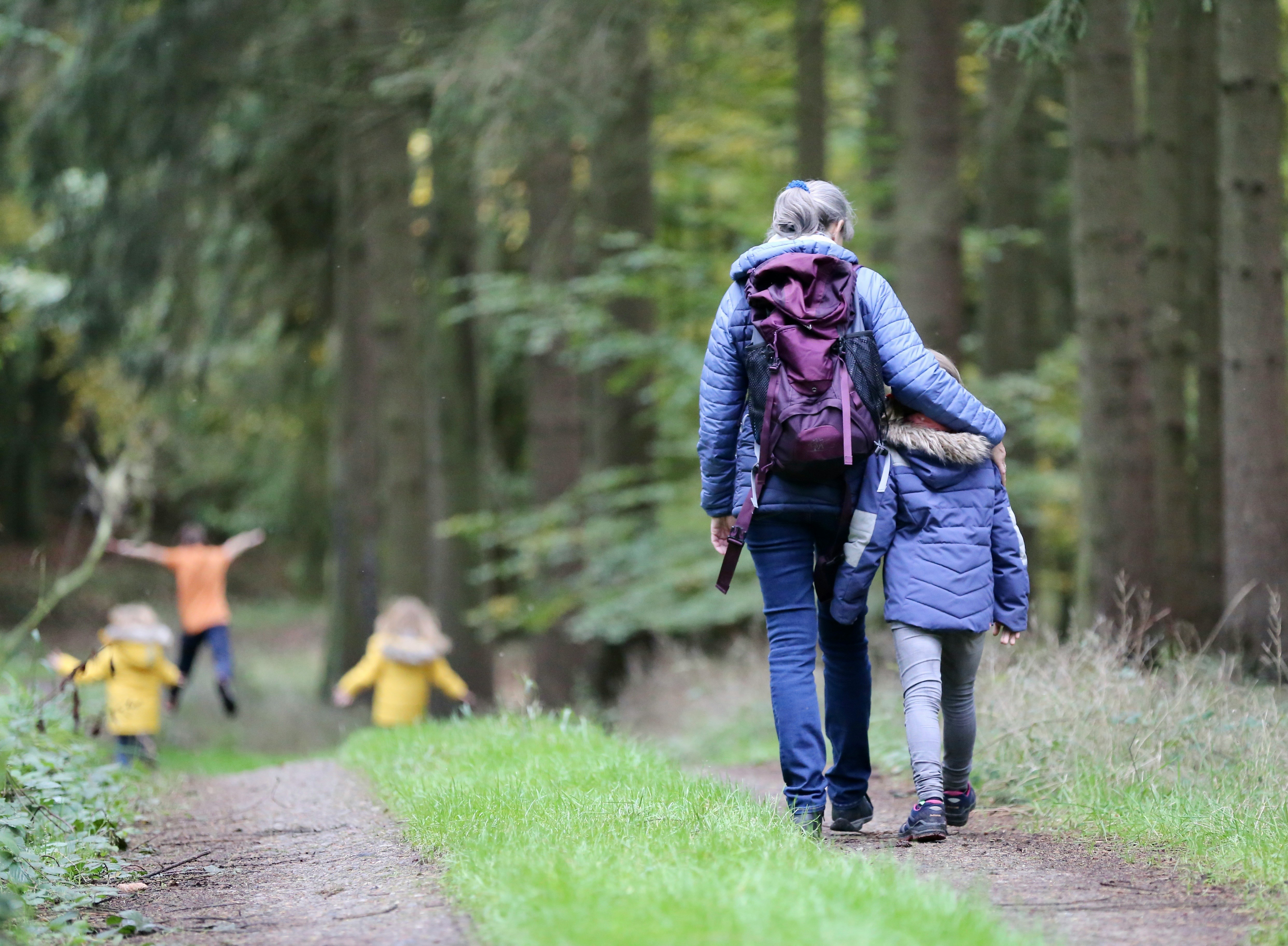
The Science: Why Co-Regulation Is Essential
Let's get clear about something fundamental: Humans are not designed to self-regulate in isolation.
We are social mammals. We evolved in tribes, in close physical proximity, with constant access to the regulatory support of others. Our nervous systems are wired for attachment and co-regulation first.
How Regulation Develops
Infants cannot self-regulate. When a baby is distressed, they need a caregiver's regulated presence to help them return to calm. The caregiver's soothing voice, gentle touch, steady breathing, and calm nervous system provide the external regulation the baby cannot yet generate internally.
Through hundreds of thousands of these co-regulating experiences—being held through distress, being met in joy, being seen in all their states, the child's nervous system gradually internalizes the capacity to self-soothe.
In other words: Self-regulation is internalized co-regulation.
What Happens When Co-Regulation Is Missing
If those foundational co-regulating experiences were insufficient, inconsistent, or absent, your capacity for self-regulation never fully develops.
This isn't a character flaw or a sign of weakness. It's a natural consequence of not receiving what every nervous system needs to develop regulatory capacity.
Research by Dr. Allan Schore, a pioneer in interpersonal neurobiology, shows that the right hemisphere of the brain - which processes emotional regulation, empathy, and social connection - develops primarily through attuned interactions with caregivers in the first two years of life.
When those interactions are disrupted or absent, the neural pathways for regulation don't fully form. Your nervous system remains in a more primitive, reactive state, defaulting to sympathetic fight/flight or dorsal vagal shutdown because the ventral vagal pathways for healthy social engagement never fully came online.
The Hopeful Truth
Here's the hopeful part: Your nervous system remains neuroplastic throughout your entire life.
The pathways that didn't develop in childhood can be built now, in adulthood, through corrective experiences of safe co-regulation.
You can literally rewire your nervous system through repeated experiences of being met, seen, and held by another regulated presence.
This is why co-regulation isn't just helpful, it's essential. It's not the cherry on top of your healing journey. It's the foundation.
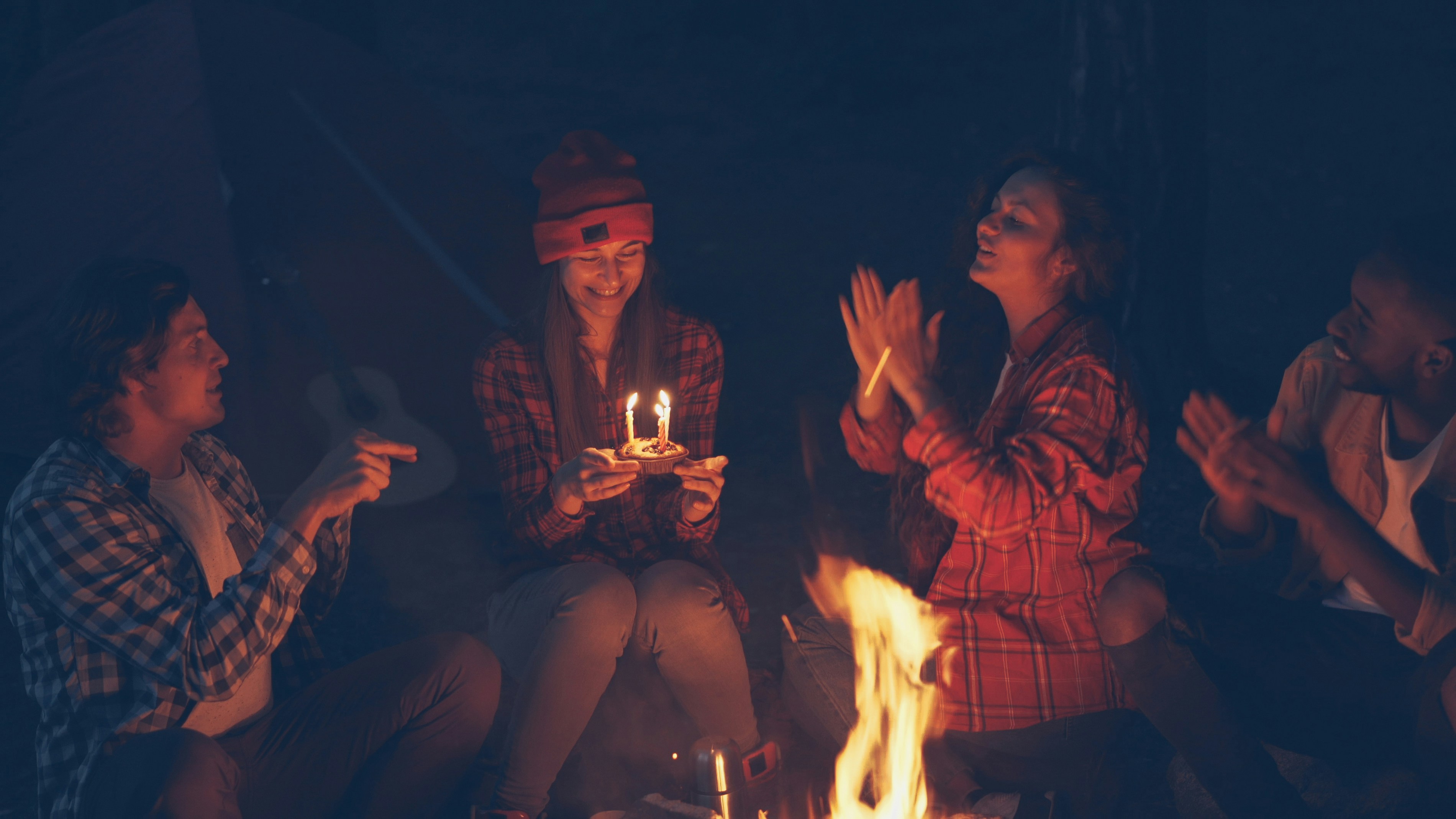
How to Co-Regulate: Practical Pathways
If the idea of co-regulating with people feels overwhelming or unsafe, please know: There are many other ways to begin experiencing the embodied safety that comes with co-regulation. You don't have to leap into vulnerability with another person before you're ready.
Co-Regulation with Nature
For many people - especially those who have neurodivergent, autistic, or ADHD traits - nature is often a more accessible co-regulator than people.
Why? Because nature offers cues of safety without the complexity of human relationship.
Your nervous system responds to:
The rhythmic sound of waves or rain: These patterns entrain your nervous system to settle into slower, more regulated rhythms
Trees and their grounded presence: The visual stillness and rootedness of trees can help your nervous system remember what groundedness feels like
Birdsong: Natural, melodic sounds signal safety to your primitive brain (Prey don’t sing when they sense a threat)
The movement of clouds: Watching something slow and unhurried helps your system remember it's allowed to slow down too and relax
Walking barefoot on earth: Direct contact with the ground (called "grounding" or "earthing") has been shown to reduce cortisol and inflammation
Touching bark or leaves: Tactile connection with living things activates your social engagement system without requiring social complexity
These aren't just pleasant experiences. They provide genuine co-regulation. Your nervous system is attuning to the regulated rhythms and patterns of the natural world.
Co-Regulation with Animals
Mammals have an extraordinary capacity to co-regulate with each other, even across species.
Gently petting a cat or dog, placing your hand on a horse or cow, or simply sitting with an animal and breathing together activates your ventral vagal system - the part of your nervous system responsible for safe social engagement.
Research shows that interacting with animals:
Lowers cortisol (stress hormone)
Increases oxytocin (bonding hormone)
Regulates heart rate variability, which increases your window of tolerance to stress
Reduces blood pressure
Activates the parasympathetic nervous system, which allows for homeostasis
Animals offer something humans often can't: unconditional presence without judgment, expectation, or demand. For many people healing from relational trauma, this is exactly what their nervous system needs.
Co-Regulation with Safe People: Starting Small
When you feel ready to explore co-regulation with people, remember: You're building a skill your nervous system never learned. Go slowly.
Micro-Connections
Start with moments so small they barely register as "connection":
Making brief eye contact with a kind stranger
A simple smile exchanged with a cashier or a barista
Sitting in the same room with someone safe while you both read
A short voice message with a friend instead of texting
These tiny moments of safe contact help your nervous system gather new data: Connection can feel okay. I can do this.
Safe-Enough People
You don't need perfect people. You need people who are:
Consistent: They show up when they say they will
Non-judgmental: They accept you in your struggles without trying to fix you
Regulated enough: They can hold space for your dysregulation without becoming dysregulated themselves
Willing to go slow: They respect your pace and don't push for more than you can handle
Look for people who make you feel like you can breathe more deeply in their presence. That softening sensation is your nervous system's way of saying: This feels safe.
Specific Co-Regulation Practices
Once you've found safe-enough people, you can explore intentional co-regulation:
Breathing together: Sit facing each other or side by side and consciously breathe at the same pace. No words needed. Just shared rhythm.
Eye contact without speaking: If it feels safe, gently hold eye contact for 30-60 seconds. Notice what happens in your body. This activates deep social engagement pathways.
Holding space for emotions: Have one person share something difficult while the other simply listens with their full, regulated presence. Not fixing, not advising, just being with.
Bilateral connection: Place one hand on your heart and one on your friend's shoulder while they do the same. Breathe together. This creates a physical circuit of co-regulation.
Therapeutic relationships: Working with a trauma-informed therapist or coach, somatic coach, or nervous system practitioner who understands co-regulation can provide the safest possible container for beginning to experience safe connection.
Co-Regulation Online and Through Media
In our digital age, co-regulation isn't limited to in-person connection. Your nervous system can attune to:
Guided meditations: Breathing alongside a calm, steady, and attuned voice
Online community spaces: Sharing experiences with others who understand
Video calls with safe people: Even through a screen, nervous systems can synchronize
Watching a candle flame or listening to fire crackling: Even recorded, these primal cues of safety and warmth can be co-regulating
The key is that there's something living, rhythmic, or present that your nervous system can attune to.

Q: How do I co-regulate if I live alone or don't feel safe around others?
If co-regulating with people isn't possible or feels unsafe right now, please know that: Your nervous system doesn't always need another person to begin healing.
Nature, animals, and even elements (like fire and water) can provide genuine co-regulation. Your nervous system responds to rhythm, presence, and aliveness, not just to human connection.
Start where it feels safest:
Spend time with a pet or visit a friend's animal
Step outside and listen to the sounds around you
Watch flames in a fireplace, candles, or even on a screen
Place your hand on a tree and notice its steady presence
Listen to rain or ocean sounds
Watch clouds move
These aren't consolation prizes. They provide real co-regulation. Let yourself receive the support and the resources that are available to you right now.
Q: Can nature really co-regulate my nervous system? How?
Yes. Absolutely yes.
Nature co-regulates through what Stephen Porges calls "neuroception of safety" - your nervous system's subconscious detection of safety cues.
When you're in nature, your primitive brain receives signals that say: No immediate threat. Predators aren't near. It's safe to rest.
Specific cues that create this sense of safety:
Rhythmic sounds (waves, rain, wind through trees): Rhythm is regulating
Expansive horizons: Open space tells your nervous system there's room to breathe and nowhere for threats to hide
Green and blue tones: These colors are proven to lower cortisol
Fractal patterns (branching trees, flowing water): Our brains find these patterns inherently calming
Birdsong and natural soundscapes: These signal an environment where other creatures that are usually preys feel safe
The absence of right angles and synthetic materials: Our nervous systems evolved in nature; non-artificial environments can create low-level stress
Additionally, when you touch earth, bark, or water, when you walk barefoot, when you breathe fresh air, you're engaging your nervous system through multiple sensory channels. This multi-sensory input helps shift you out of survival mode and into a parasympathetic, rest-and-digest state.
For people with neurodivergent nervous systems, nature often feels safer than social connection because it offers co-regulation without the unpredictability and social complexity that can feel overwhelming.
Q: What if I feel too anxious to connect with anyone?
This is more common than you might think, and it makes perfect sense if your nervous system learned that connection comes with danger.
The answer is never to force yourself into connection before you're ready. That would only reinforce your nervous system's belief that connection isn't safe.
Instead, honor where you are and start with micro-connections - moments so small your nervous system barely registers them as risk:
Noticing the warmth of your tea or coffee
Making eye contact with your reflection and speaking kindly to yourself
Watching someone's face light up in a video
Reading words written by someone who understands your experience (like right now - we're co-regulating as you read this)
Listening to a guided meditation and breathing with the voice
Sitting near (not with) people in a coffee shop or library
Each of these tiny moments begins to teach your nervous system: I can be in proximity to life and aliveness. I can soften just a little.
Over time, as you practice these micro-connections and your nervous system gathers evidence that small amounts of connection can feel okay, your capacity will grow. You'll find yourself able to tolerate more proximity, more vulnerability, more opening.
But you never have to rush. Your nervous system will tell you when it's ready for more. Trust that wisdom.
Q: How can I help someone I love co-regulate with me?
This is one of my favorite questions because the answer is so beautifully simple:
Your regulated presence is the greatest gift you can offer.
To help someone co-regulate, you don't need to:
Fix their problem
Take away their pain
Say the perfect words
Do anything at all
You simply need to:
Slow your own breathing: Your calm nervous system becomes an anchor they can attune to
Soften and bring prosody to your voice: A gentle and melodic tone signal safety
Listen with your whole body: Not planning your response, not trying to solve, just being with them
Allow their experience: Let them feel what they feel without trying to change it
Co-regulation isn't about fixing. It's about being with.
When you are grounded and attuned, your nervous system shares its state. Others feel it. Your steadiness becomes contagious.
You become what's called a "secure base" - a safe harbor their nervous system can return to when the waves feel too rough.
This is especially powerful with children, and it also works with partners, friends, family members, and even strangers. Your regulated presence is the greatest medicine of all.
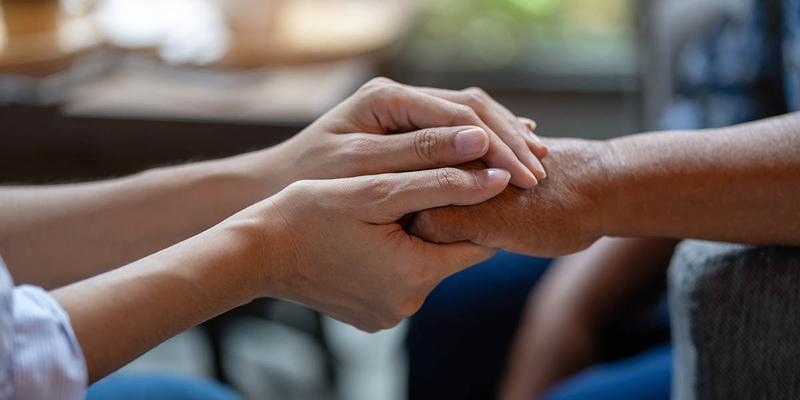
The Path Forward: Co-Regulation as Practice
If there's one thing I's love for you to take away from this, it's that:
You are not meant to heal alone. You were never meant to regulate alone. And you don't have to anymore.
Co-regulation isn't a luxury. It's not something only for people with perfect support systems or those who've already done enough healing to be "ready" for it.
Co-regulation is how healing happens. It's the medicine itself.
But like any medicine, it works best when taken in the right dose, at the right time, with the right support.
Building Your Co-Regulation Practice
Here's how to begin building your capacity:
1. Start where you feel safest Nature? Animals? Online community? One trusted person? There's no wrong starting point.
2. Notice the softening Pay attention to moments when you feel your body relax, even slightly, in the presence of something or someone. That's gold. That's your nervous system updating its data about safety.
3. Go at your pace Never push yourself into connection that feels like too much. Your nervous system needs to feel in control of the pace. Respect its wisdom.
4. Practice receiving For many of us, giving feels safer than receiving. Practice letting yourself be held, seen, supported—even in small ways. This is often the hardest and most healing work.
5. Find your people Seek out communities, therapists, coaches, and friends who understand nervous system healing and can offer the kind of regulated presence your system needs.

Join Us in the Nervous System Healing Sanctuary
If you're reading this and feeling the pull toward experiencing co-regulation in community, I want to invite you into a space that was designed specifically for this work.
The Nervous System Healing Sanctuary is a place where:
We practice regulation together: You don't have to figure this out alone anymore
We honor the wisdom of survival patterns: Your protective mechanisms aren't pathologized here; they're respected
We move at the pace of safety and trust: There's no rush, no pressure, no expectation that you should be further along than you are, where you are is where you're supposed to be
We understand that healing isn't linear: There are no "good" and "bad" days, only data for your nervous system
We create space for co-regulation: Through guided practices, community connection, and supportive presence
This sanctuary was created for people who've been trying to heal alone and are ready to discover what becomes possible when you let yourself be held by nervous systems that are steady enough to meet you exactly where you are.
We practice co-regulation through:
Live guided nervous system sessions where we breathe, ground, and regulate together
Community connection with others who understand the journey
Somatic practices designed to build your capacity for safety in connection
Education about how your nervous system works and what it needs
Compassionate witnessing of your experience, without judgment or fixing
Because sometimes the most healing thing you can do is stop trying to regulate alone—and let yourself be held by a community that understands.
Learn more and join us at restplaylove.com
A Final Invitation
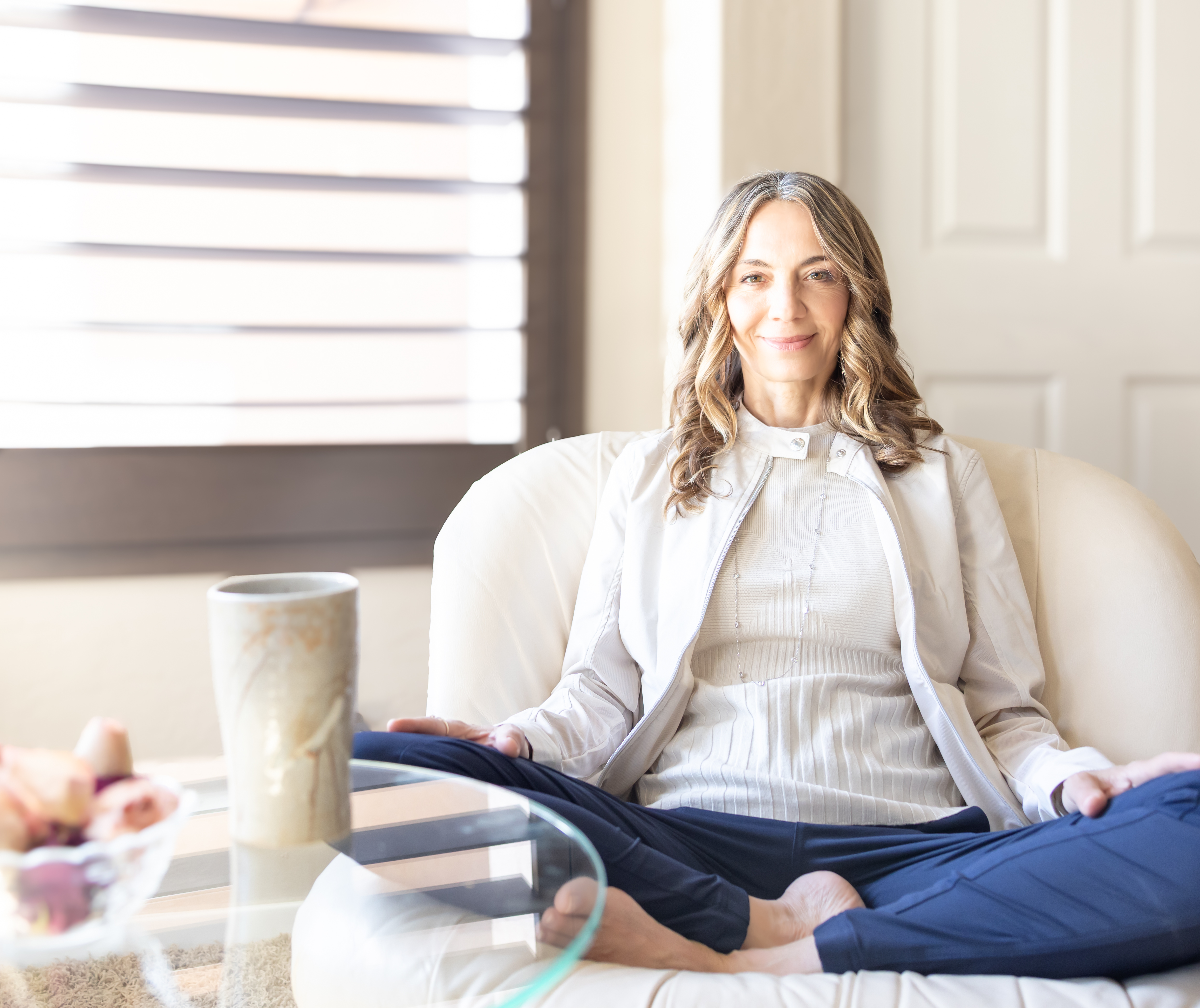
As you finish reading this, I want to offer you a moment of co-regulation right now.
Take a slow, deep breath in through your nose.
Hold it gently at the top.
And let it out through your mouth with a sigh.
Do this two more times, going a little slower each time.
Can you feel the support beneath you? The chair, the floor, the earth holding you?
Can you let yourself be held, just for this moment?
This, right here, is co-regulation.
You and I, connected through these words, breathing together across time and space. Your nervous system attuning to the calm, steady rhythm of these sentences.
Notice when connection helps you soften. That's your nervous system remembering it doesn't have to carry everything alone.
You deserve to experience co-regulation. You deserve to feel held, seen, and safe in the presence of others, or in the presence of nature, animals, or anything alive and present.
And you deserve to eventually carry that safety within yourself.
Because self-regulation isn't about doing it alone. It's about internalizing the co-regulation you've received until it becomes your own inner resource.
That's the path forward. And you don't have to walk it alone anymore.
Want to explore co-regulation in community? Join us in the Nervous System Healing Sanctuary where we practice regulation together, honor your pace, and hold space for your healing journey. Learn more at restplaylove.com